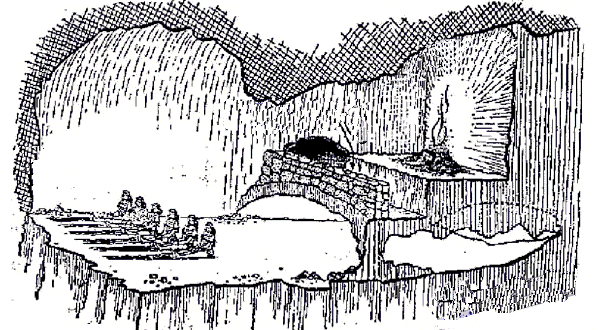Definition:
Plato's allegory of the cave
is a hypothetical scenario depicted by an enlightening conversation
between Socrates and Plato's brother, Glaucon. The conversation
basically deals with the ignorance of humanity trapped within the
precincts of conventional ethics.
Sample Sentences:
The Allegory of the Cave is one of Greek philosopher Plato’s most well known works.
In the Allegory of the Cave Plato plays with the notion of what would occur if people suddenly encountered the divine light of the sun, and perceived “true” reality.
In the beginning of the Allegory of the Cave Plato represents man’s condition as being “chained in a cave,” with only a fire behind him.
Usage:
Allegory of the Cave
http://faculty.washington.edu/smcohen/320/cave.htm
Allegory of the Cave - Plato's Allegory
http://platosallegory.com/
Paragraph:
Plato's Allegory of the Cave is a contrast in a way which we perceive and believe in what is reality. The basic tenets we perseive are imperfect refections which represent truth and reality. The puppeteers see their shadows but know they are just shadows and not real, prisoners can only seee the shadows and think they are real without seeing the true object from is causing shadows. The prisoners return and repeat the process and get used to not seeing the light, then see the light/ reality so that they can realize more things they missed each time. They learn about reality over and over again.
Visual Presentations:


No comments:
Post a Comment